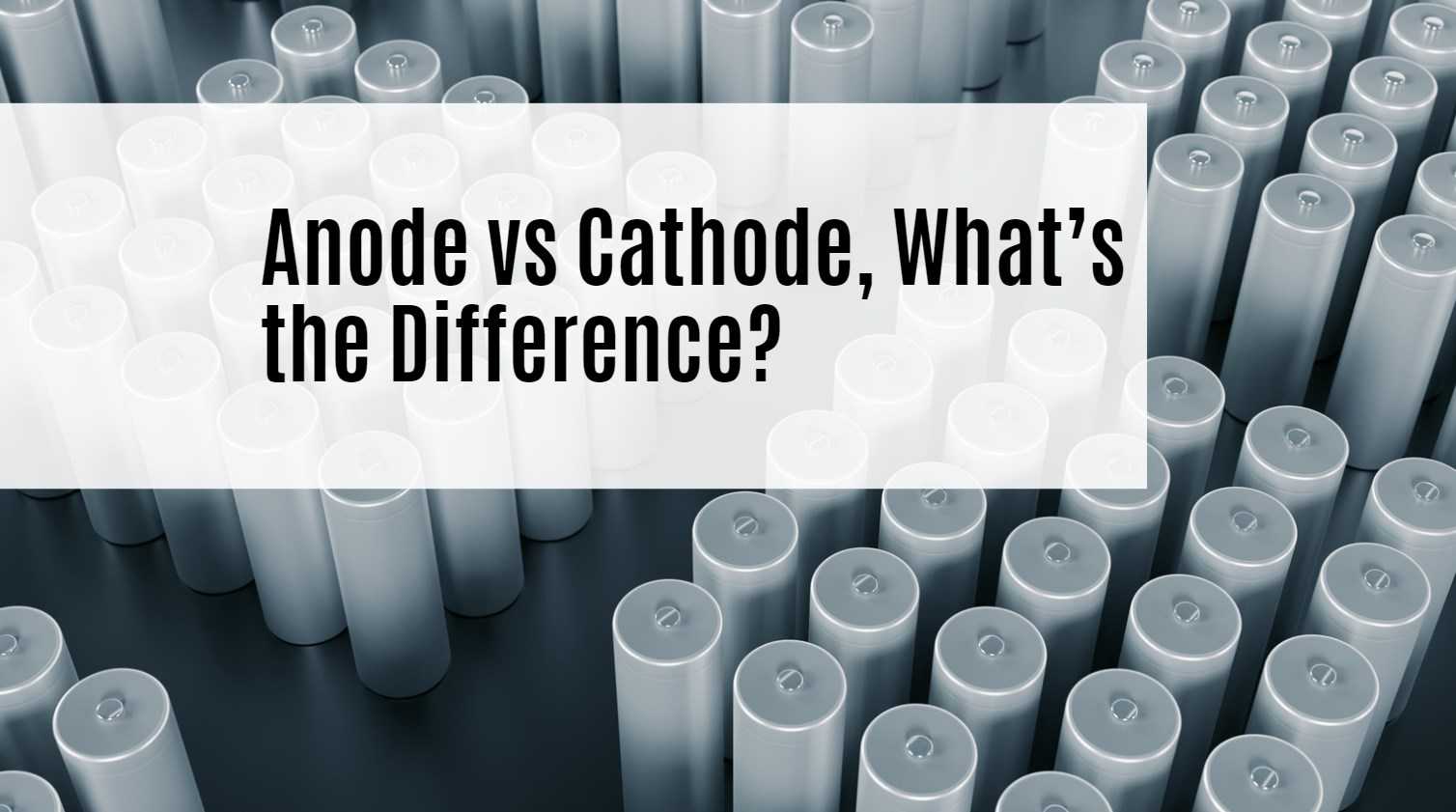Understanding the difference between an anode and a cathode is crucial in fields like electrochemistry, electronics, and battery technology. Both terms refer to electrodes involved in electrochemical reactions, but they serve distinct roles in these processes.
Definitions of Anode and Cathode
- Anode: The anode is the electrode where oxidation occurs. This means it is the site where electrons are lost by the electroactive species. In a circuit, the anode is typically considered the positive terminal in a galvanic (or voltaic) cell and is negatively charged in electrolytic cells.
- Cathode: The cathode is the electrode where reduction takes place. Here, electrons are gained by the electroactive species. In a galvanic cell, the cathode is the negative terminal and is positively charged in electrolytic cells.
Key Differences Between Anode and Cathode
| Feature | Anode | Cathode |
|---|---|---|
| Reaction Type | Oxidation (loss of electrons) | Reduction (gain of electrons) |
| Charge (Galvanic) | Positive terminal | Negative terminal |
| Charge (Electrolytic) | Negative terminal | Positive terminal |
| Electron Flow | Electrons flow out to the external circuit | Electrons flow into the device |
How They Function in Different Cells
- Galvanic Cells:
- In galvanic cells, which generate electrical energy from spontaneous chemical reactions, the anode is where oxidation occurs, producing electrons that flow through an external circuit to the cathode, where reduction takes place.
- Electrolytic Cells:
- In electrolytic cells, which require an external power source to drive non-spontaneous reactions, the roles are reversed. The anode becomes positively charged as it loses electrons, while the cathode gains electrons and becomes negatively charged.
Practical Examples
- In a typical alkaline battery:
- The anode (negative terminal) often consists of zinc, which oxidizes during discharge.
- The cathode (positive terminal) contains manganese dioxide, which reduces by gaining electrons.
- In electrolysis:
- When splitting water into hydrogen and oxygen, hydrogen ions migrate to the cathode (where reduction occurs), while oxygen ions move toward the anode (where oxidation occurs).
Latest News on Anodes and Cathodes
Recent advancements in battery technology have focused on improving anodes and cathodes for better performance:
- Researchers are developing new materials for cathodes that enhance energy density and efficiency in lithium-ion batteries.
- Innovations in solid-state batteries aim to replace liquid electrolytes with solid ones, potentially increasing safety and lifespan.
- Sustainable practices are being explored for recycling materials used in anodes and cathodes to reduce environmental impact.
Redway Expert Comment
In our experience at Redway Battery, understanding the roles of anodes and cathodes is essential for optimizing battery performance. As technology evolves, we see exciting developments in materials that enhance both charge capacity and longevity. Staying informed about these advancements will help users make better choices for their energy storage needs.”
Conclusion
In summary, while both anodes and cathodes are critical components of electrochemical cells, they serve opposite functions—oxidation at the anode and reduction at the cathode. Understanding these differences not only aids in grasping fundamental concepts of chemistry but also enhances practical applications in electronics and battery technology.




